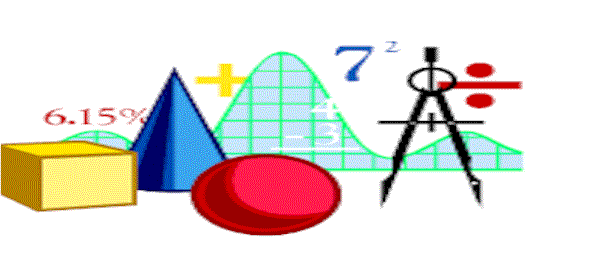
stringToBVector

|
stringToBVector
|
The stringToBVector function separates a String {string} into several
substrings using the key {key} as the separator. The result substrings are
collected to form an Object Vector and the Object Vector is returned.
The stringToBVector has an optional argument {true}, which,
if present, will treat the {key} argument as a collection of keys rather
than a single key or pattern. In other words if {true} is present, any
character in the {key} will cause a substring break.
Usage The stringToBVector function's ability to separate a String into several
substrings makes the function ideally suitable for tokenizing a String. Afterwards,
each substring in the Object Vector, can be processed as tokens.
(stringToBVector string key) (stringToBVector string key true) (stringToBVector text key ) (stringToBVector text key true) Returns an Object Vector
Expression:
Arguments
Name
Type
Description Argument: string String or Text
Target String or Text Argument: key String Text Character
The break string or character Argument: true Boolean
Optional. If present, treat the key argument as a collection of key characters,
if not present, treat the key argument as the key string.
Returns:
Here are a number of links to Lambda coding examples which contain this instruction in various use cases.
Here are the links to the data types of the function arguments.
| String | Vector | Text | Character |
| ObjVector |
Here are also a number of links to functions having arguments with any of these data types.

|
Analytic Information Server (AIS)AIS Component Systems
|